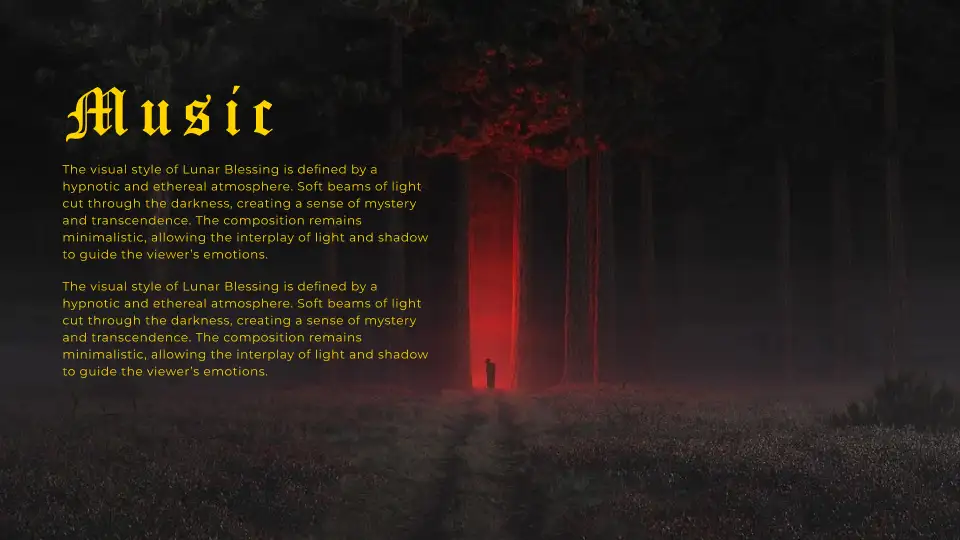Feb 16, 2025
A director’s treatment is an essential document that visually and narratively outlines the vision for a film, commercial, music video, or any other visual project. It serves as a pitch, helping producers, clients, and collaborators understand the director’s approach to storytelling, cinematography, and style. Below is a step-by-step guide on how to craft a compelling director’s treatment.
1. Start with a Strong Title Page

The title page sets the tone for your treatment. It should include:
The project title
The director’s name
A key visual or minimalistic design that reflects the project’s aesthetic
2. Write a Captivating Logline

A logline is a short and powerful summary of the project. It should capture the essence of the story, highlighting the main idea, protagonist, and central conflict in one or two sentences.
3. Define the Concept and Vision

This section should clearly explain your creative vision. Address the core themes, mood, and overall feeling of the piece. Use expressive language to make your ideas vivid and engaging.
4. Look & Feel

Describe the visual aesthetics of the project. Discuss:
Color palette
Lighting style
Composition and framing
Use of movement (static, handheld, tracking shots, etc.)
Texture and atmosphere
Incorporate references such as mood boards, stills from films, or artwork that convey your desired look and feel.
5. Cinematography Approach

Explain how you plan to shoot the project. This section should cover:
Camera work (angles, lenses, movement)
Depth of field and focus techniques
Framing choices
Lighting techniques and their emotional impact
6. Editing & Pacing

Discuss the rhythm of the piece. Will it have fast, energetic cuts, or slow, contemplative transitions? Mention any special editing techniques like match cuts, montages, or visual transitions that contribute to storytelling.
7. Sound & Music

Describe the role of sound design and music in enhancing the emotional tone. Will there be an original score, diegetic sounds, or a specific soundscape? Reference musical genres, instruments, or composers if relevant.
8. Characters & Casting

If applicable, outline the key characters and their traits. Provide references for casting choices, describing their look, energy, and performance style.
9. Structure & Narrative Flow

Break down the key beats of the story. If it’s a commercial, outline how the narrative will unfold in a short format. If it’s a film or music video, structure it into acts or sequences.
10. Key Differences Between Film, Commercial, and Music Video Treatments
While all treatments follow a similar structure, the focus can vary depending on the type of project:
Film Treatment:

Emphasizes character development, story arcs, and themes.
Detailed breakdown of acts and emotional beats.
Strong focus on cinematic language and visual storytelling.
Commercial Treatment:

Shorter and more concise, typically 1-3 pages.
Highlights brand identity and marketing goals.
Strong emphasis on visuals, pacing, and messaging impact.
Music Video Treatment:

More abstract and visually driven.
Heavy emphasis on Look & Feel and cinematography.
Often includes mood boards and references to movement and choreography.
Understanding these differences helps tailor your treatment to effectively communicate your vision for each specific format.
11. Conclusion & Final Thoughts
End with a summary that reinforces your vision and enthusiasm for the project. Emphasize why your approach will make this piece stand out and leave a lasting impact.
Final Tips:
Keep it visually appealing with a clean, structured layout.
Use high-quality images and references.
Be concise but descriptive – avoid overly technical jargon.
Make sure the tone and style of the treatment match the project’s essence.
By following these steps, you can craft a director’s treatment that effectively communicates your creative vision and inspires confidence in your ability to bring it to life.
Next >

